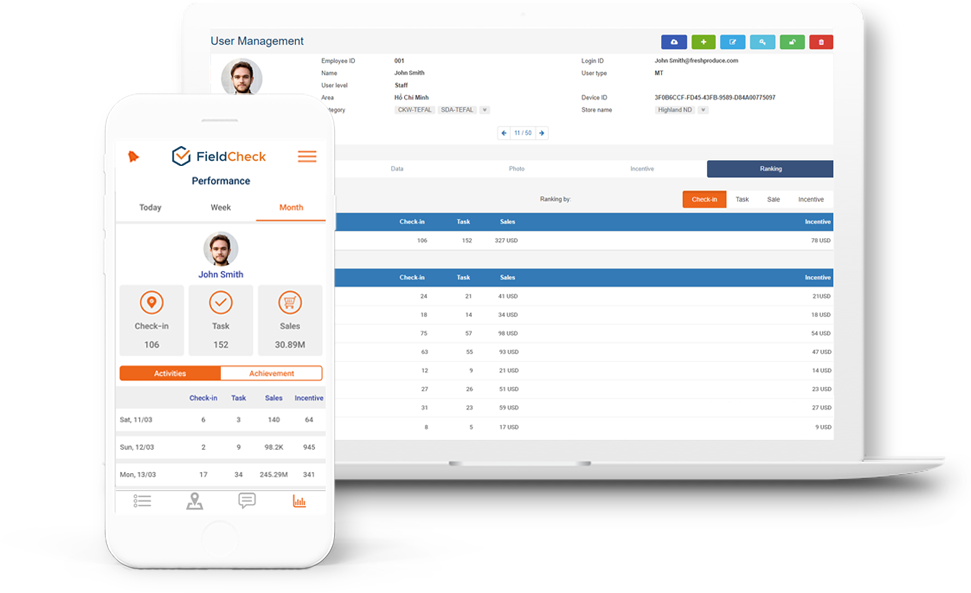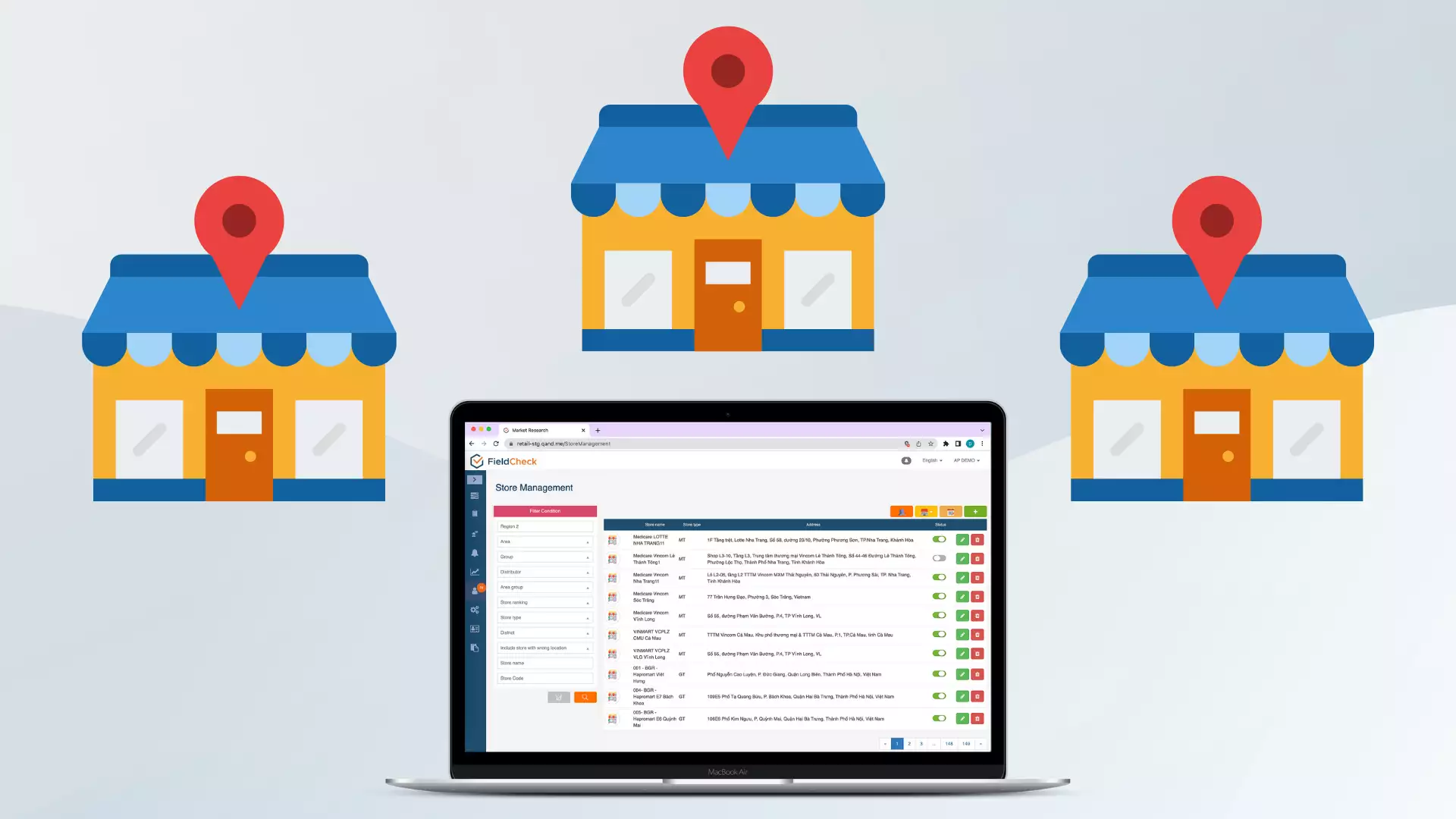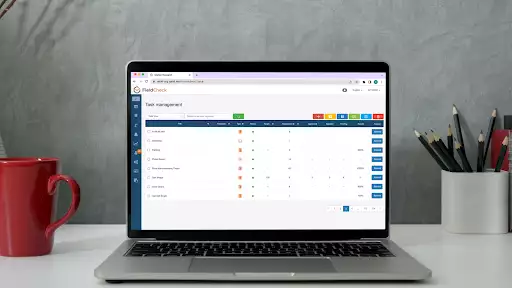What Is Market Segmentation? How To Identify The Right Target Market Segment
Market segmentation is a familiar term in the marketing industry. Identifying customer segments plays a critical role to help businesses orient their business goals and develop effective marketing strategies.
Conversely, identifying the wrong market segment will affect the identification of target customers. Marketing to the wrong customer segment leads to the wrong business direction, causing sales to decline.
So what is market segmentation? How do you determine the right target market segment for the business?
1. What is Market Segmentation?
Market segmentation is the process of dividing an industry market into several subgroups. Grouping conditions include age, income, personality characteristics, buying behavior, needs, and gender, to name a few.
The target customers will have the same perception, product tastes, and needs in each market segment. Each market segment will have its own set of customers. This helps businesses identify potential customers in each segment to choose the most effective target market.

Market segmentation helps businesses distinguish potential customers to choose the most effective target market
2. What Are The Benefits Of Market Segmentation?
Market segmentation helps businesses focus their resources on the most important customers. It helps you understand your customers and easily determine how to best meet their needs; thereby, offering products and services suitable for each audience.
2.1. Support For More Effective Marketing Planning
Understanding target customers helps businesses design and implement marketing strategies that bring the highest efficiency. When you understand who your business is serving, their needs, and what your customers care about, you can develop stronger marketing messages.
Communication messages avoid generic, dreamy words for all audiences. Instead, use messages directly targeting customers' needs, desires, and buying habits.

Support effective marketing planning
2.2. Cost Saving and Optimization
Market segmentation helps businesses make the most of their resources in their marketing campaigns; thereby, saving and optimizing marketing costs.
Products of the business meet customers' needs to help increase conversion rates and reduce advertising costs widely. In other words, thanks to segmenting the market, enterprises will get a better return on investment while limiting waste for reaching the improper target customers.
2.3. Improving The Quality Of Potential Customers
Market segmentation allows businesses to improve the quality of potential customers. With the good implementation of this segment, the marketing work of the business will be in focus.
Accordingly, entrepreneurs clearly understand the goal to attract customers who need it and increase the conversion rate. When businesses reach the right customers, their products and brands will be noticed by the market.

Increase the source of potential customers for businesses
2.4. Defining The Niche Market
When market segmentation activities are clearly defined, businesses could figure out the helpful data that they could miss before. They then could seek new opportunities via market analysis and "fertile" niche markets to exploit.
It is also possible for businesses to develop product strategies specifically targeting niche markets.
2.5. Increase Customer Retention
After identifying target customers according to demographics, gender, needs, income, shopping habits, etc., enterprises will conduct more effective marketing strategies by directly targeting their needs and wishes.
When products and services meet customers' needs, they will tend to stay loyal to the business. Thereby increasing the conversion rate into loyal customers and improving lifetime value.
2.6. Building Differentiation For Your Business From Your Competition
Understanding customers and implementing market segments well helps businesses easily approach customers. At the same time, customers also see the real value that the products and services of the business bring.
Creating more outstanding and quality products and services will help businesses have many outstanding advantages over competitors.

Building a difference for your business
3. Popular Types Of Market Segments
There are currently four common market segments: demographic, psychographics, behavior, and geography.
3.1. Demographic Segmentation
Demographic market segmentation is widely used in Marketing. Factors used for analysis include age, gender, income, location, family background, income, and shopping habits.
Demographics are a common basis for grouping because customers' desires, preferences, and consumption behavior are associated with demographic variables.

Demographic market segmentation
3.2. Psychological Segment
Psychographic market segmentation refers to the process of dividing customers according to factors related to their personality and unique characteristics.
Psychographic segmentation is important because sometimes, two customers with similar demographic information have different buying behavior.
Psychographic variables can be mentioned as psychographic market segmentation, personality traits, values, attitudes, interests, lifestyle, subconscious beliefs, consciousness, and preference motivations first.
In fact, psychographic segmentation is subjective; the data cannot be measured, making it harder to define variables than demographics.
3.3. Behavior Segment
Consumer behavior segmentation is divided into several groups based on their understanding, attitudes, usage patterns, and reactions to products.
Analyzing the number of purchases, shopping time, method, and product loyalty help the Marketing team better understand customers' shopping behavior.
3.4. Geographic Segment
Geographic segmentation is quite simple and common. The market is divided by region, postal code, climate, and population density in this segment.
Geographic segmentation makes it easier for businesses to capture customer characteristics, effectively managing Marketing activities by region.

Market segmentation by geography
3.5. Other Segment Types
Other segment types include:
- Enterprise market segmentation: Segmentation by geography, company size and business sector, corporate culture, business interests sought, product usage, and customer loyalty.
- International market segmentation: The level of economic, cultural, and political development in each country. Consumption habits of people in that country. Similarities in culture and politics between countries in the same region.
4. How To Create A Market Segment
How to create a standard market segment and market to the right audience of your business includes steps.
4.1. Market Research Surveys And Data Collection
The first step of any marketing campaign is market research. Marketers collect data through the Internet, experts, and people in the profession to better understand the market and determine campaign goals, and target product customers.
That said, this source of information is for reference only. To know exactly, businesses need to have a serious survey and research plan on a large scale. Survey objects from 100 - 1000 people to have the most objective view of user Insight.

Market research survey and data collection
4.2. Analyze Market Data To Identify Market Segments
Based on survey data, experts will analyze and make judgments about the market situation and short-term and long-term market trends. From there, it is advisable to determine the market segment within the business's ability to meet.
4.3. Describe The Characteristics Of Each Market Segment
After clearly identifying potential market segments, the person in charge will describe each segment in detail. If it is a standard market, the business will easily identify the target customers.
Some standards you can refer to when describing the characteristics of a market segment are:
- Consistency
- Heterogeneity
- Measurability
- Impressiveness
- Useful properties
- Diversity
- Rapid response
The potential market segment will fully meet the above criteria.
4.4. Building Organizational Customer Segments
After clearly describing the characteristics of each segment, you need to analyze the collected data. Analyzing the feedback from research helps you identify potential customer segments that are highly compatible with your brand.

Build your organization's customer segments
4.5. Check, Review And Improve
Once you have done all of the steps, you will need to use the tool to test, review, track your conversions, and improve effectiveness. If the results do not meet the purpose, you need to review and change the market research method.
5. How To Ensure Effective Market Segmentation Analysis
To ensure an effective market segmentation analysis process, businesses need to apply management technology software.
The application of data management and synthesis software helps market staff easily analyze and comment advantages and disadvantages of the targeted corporate customer segment.
FieldCheck is a promoter management software that is highly appreciated for its efficiency and accuracy. Some of the basic features of the software include:
- Managing field staff, location, monitoring activities, and tracking work results.
- Visual market analysis in the form of a map. Provide information related to the market and shopping behavior of customers.
- Digitizing information in the form of charts helps managers grasp market trends to come up with appropriate business strategies.
Above is some information to help businesses identify market segments and their benefits. You should apply technology software to analyze the market more accurately. If you need to experience the most optimal market management application, do not hesitate to contact us for a free demo.




